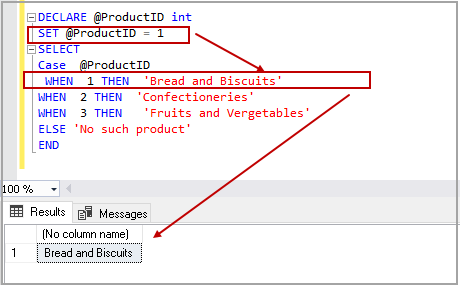Oracle 12c WITH clause enhancements. The WITH clause may be processed as an inline view or resolved as a temporary table. Functions in the WITH Clause. It’s one of the many new features in this version that are useful for developers.
You can define these functions which are just used by your query. The ink is still not dry on this new WITH clause functionality. What is the advantage and alternative for With clause other than using functions to return the table using type objects.
For the purposes of name resolution, these function names have precedence over schema-level stored functions. Please let me know how to do this comparison when there are large number of database objects. In simple With Clause is used to simplify the complex SQL.
You can improve the performance of the query by using with clause. The SQL WITH clause allows you to give a sub-query block a name (a process also called sub-query refactoring), which can be referenced in several places within the main SQL query. WITH Clause : The WITH query_name clause lets you assign a name to a subquery block. You can then reference the subquery block multiple places in the query by specifying the query name. You have to remove the comma before the second function to make it work.
I tested with TOA sqlDeveloper and sqlPlus. If you write the statement like this, combining. The invoker_rights_ clause lets you specify whether the function executes with the privileges and in the schema of the user who owns it or with the privileges and in the schema of CURRENT_USER. The name assigned to the sub-query is treated as though it was an inline view or table.
We can declare functions in the WITH clause ! It also is called a sub-query factoring clause , since it can be used to take parts of your SQL code OUT of your main query. Using the WITH clause to simplify complex SQL. The SQL WITH clause is very similar to the use of Global temporary tables (GTT), a technique that is often used to improve query speed for complex subqueries.
Learn more about the COUNT function in this article. The purpose of the COUNT function is to count the number of rows returned in a SELECT statement. It returns values from a previous row in the table. To return a value from the next row, try using the LEAD function.
In the absence of windowing clause parameters, when your query’s analytic function orders by a particular column or expression within its partition and two or more rows have the same value, the analytic function is applied to each of them and returns the same result, because the analytic function cannot ascertain the order in which they should be evaluated. Keine Setup- und Abo-Kosten. Example of using procedure and function in WITH clause , however procedures cannot be called directly in select statements.
LISTAGG is used to perform string aggregation natively (the grouping and concatenation of multiple rows of data into a single row per group). Analytic functions are functions that calculate an aggregate value based on a group of rows. The GROUP BY clause specifies how to group rows from a data table when aggregating information, while the HAVING clause filters out rows that do not belong in specified groups.

If the string has data type CHAR, then the length includes all trailing blanks. If a string is null, then this function returns null. LENGTHuses UCScode points. Single-row functions return a single result row for every row of a queried table or view.
These functions can appear in select lists, WHERE clauses , START WITH and CONNECT BY clauses , and HAVING clauses. I think it would make more sense to call KEEP a clause , and call DENSE_RANK FIRST or LAST a subclause of it. If you specify DISTINCT, then you can specify only the query_partition_ clause of the analytic_ clause.
Also, these columns would need to be FETCHed INTO. The LISTAGG function lets you combine values from a list into a single value. Events auf höchsten Niveau - Von individueller Konzeption über Software zu Hardware. It looks for ways to simplify the query by removing reducnancies, and it looks for ways to add extra information to open up access paths, and it considers how to minimize intermediary rowset sizes as it goes, and lots of other stuff. Use an analytical function in a WHERE clause.
In this tutorial I am going to show how to create a multiple replace function , where you can replace several parts of a string into several other strings. It appears to call the function for every row in my_table thus rendering the index on value useless and resulting in poor performance. You probably want to use a HAVING instead of a WHERE statement.

SQL queries are evaluated in a different order than written. Aggregates are evaluated after the WHERE.
Keine Kommentare:
Kommentar veröffentlichen
Hinweis: Nur ein Mitglied dieses Blogs kann Kommentare posten.